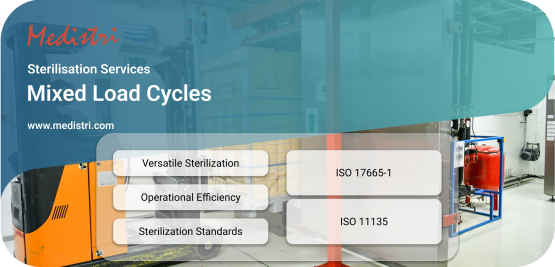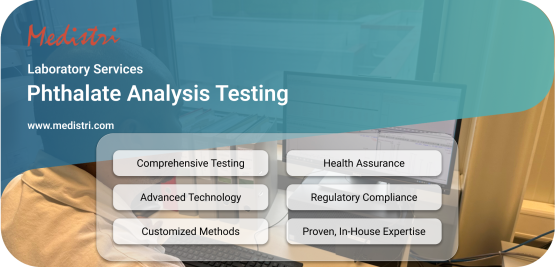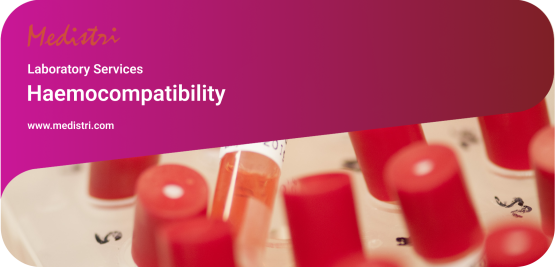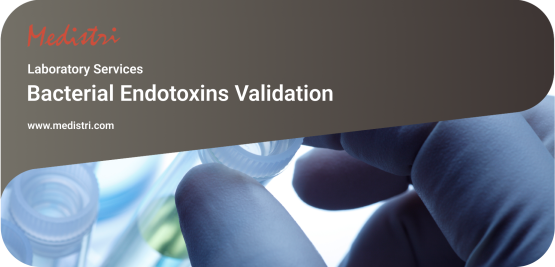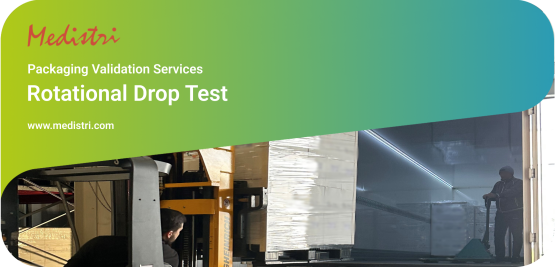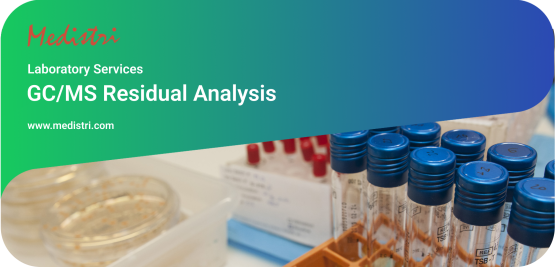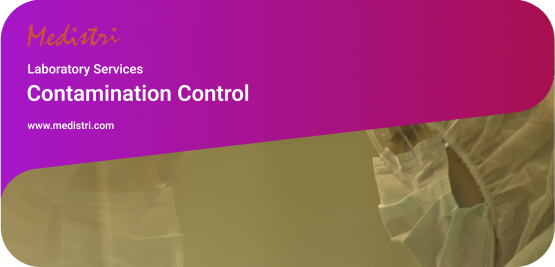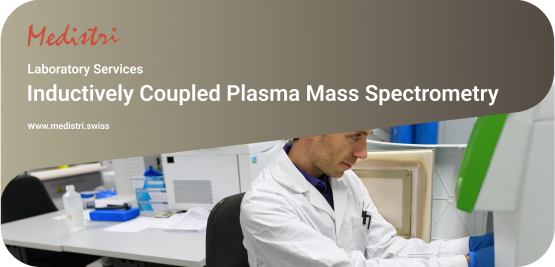Mixed Load Cycles
Ensuring the safety and effectiveness of medical instruments is crucial in healthcare. One advanced method for achieving this is through Mixed Load Cycles, where different types of instruments are sterilized together in a single cycle. This approach not only saves time but also improves operational efficiency in medical settings.
Phthalate Analysis Testing
Phthalates are a series of widely used chemicals that demonstrate to be endocrine disruptors and are detrimental to human health. Phthalates can be found in most products that have contact with plastics during producing, packaging, or delivering.
Haemocompatibility
Haemocompatibility, also known as hemocompatibility, is a crucial aspect of biocompatibility testing for medical devices that come into contact with blood. It evaluates the interactions between the medical device and blood components to ensure that the device does not adversely affect blood or cause harmful reactions when used as intended.
SVC announces Medistri as Top 5 PME in Suisse Romande
Medistri, a leading provider of sterilization and logistics solutions for the medical and pharmaceutical industries, is proud to announce that it has been recognized as one of the top five small and medium-sized enterprises (SMEs) in Suisse Romande by the prestigious Swiss Venture Club (SVC). This nomination is a testament to Medistri’s commitment to innovation, quality, and excellence in service.
GC/MS Compliance
GC/MS Analysis (also called Gas Chromatography/ Mass Spectrometry) is an analytical process that utilises the capabilities of Mass Spectrometry and Gas Chromatography in order to determine the chemical compounds within a sample.
Bacterial Endotoxins Validation
Bacterial Endotoxins Validation is a critical process in the pharmaceutical industry that ensures the safety and quality of products. Endotoxins from gram-negative bacteria are the most common cause of toxic reactions resulting from contamination of pharmaceutical products.
Rotational Drop Test
Rotational Drop Test is crucial as it evaluates a package’s ability to withstand shocks during shipping. It aids in improving package design, reducing costs associated with damaged goods, ensuring compliance with industry standards, and preventing over-packaging and under-packaging. It’s a key part of ensuring product safety and integrity during transportation.
GC/MS Residual Analysis
GC/MS Residual Analysis is crucial primarily for safety reasons. Residual solvents can be harmful or toxic. Even if they are not directly harmful, they can react with other substances in the product to form harmful compounds. Therefore, it’s essential to identify and quantify them to ensure the safety of the product.
Contamination Control
Contamination Control is a critical aspect of quality assurance in various industries, particularly those related to healthcare. It encompasses a set of practices aimed at maintaining a clean and sterile environment to prevent the introduction, growth, or spread of contaminants.
Inductively Coupled Plasma Mass Spectrometry
Inductively Coupled Plasma Mass Spectrometry, often referred to as ICP-MS, is a highly versatile analytical technique used for the detection and quantification of many elements. The technique uses an inductively coupled plasma to produce ions from a sample. These ions are then separated and detected by the mass spectrometer.

